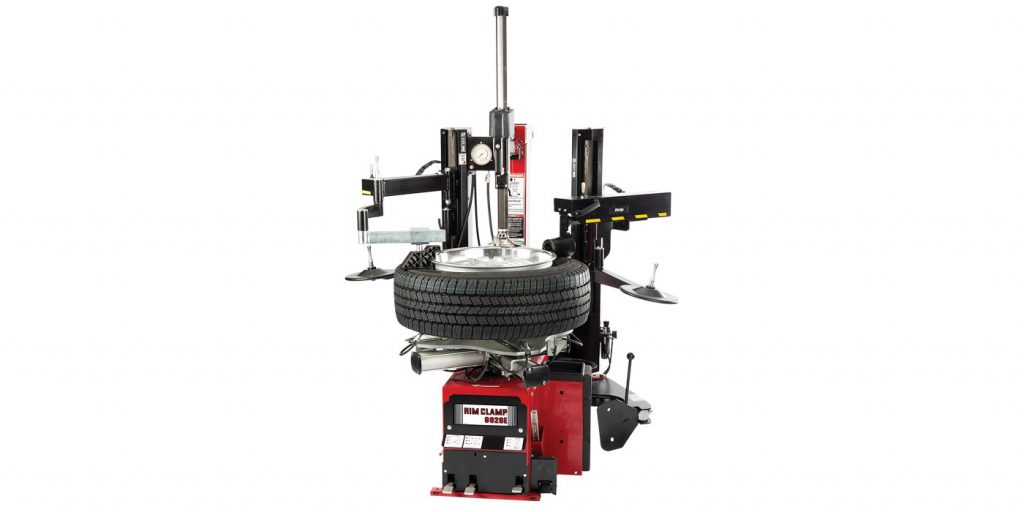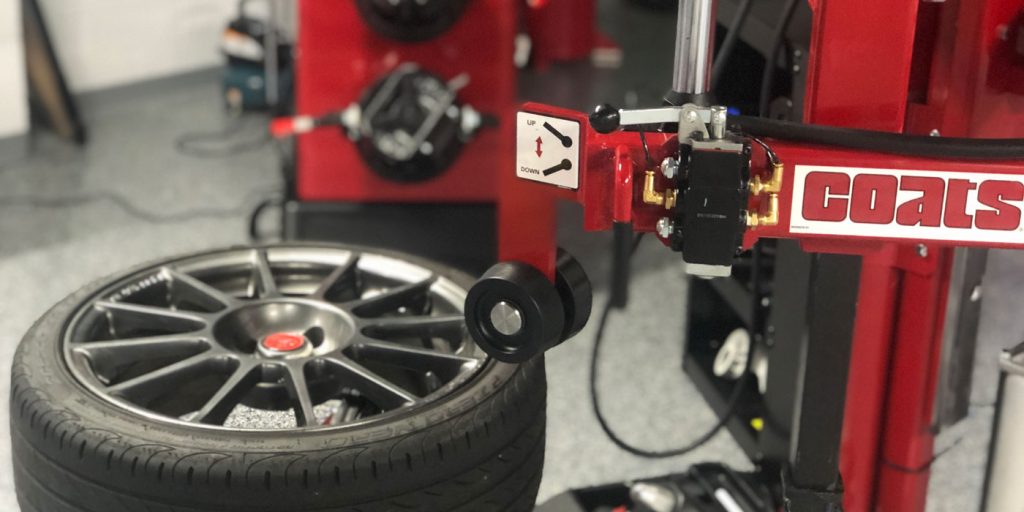Investing in equipment that allows a technician to mount a tire without damaging the tire or wheel can pay dividends for shops every day.
Many OEM wheels can cost in excess of $1,000 each, and to repair them, your shop could fork out $500 for a simple scratch or gouge. If a shop can save itself just one wheel repair per month by having the correct tire changer, that more than pays for the new changer and keeps more revenue from each job in the business owner’s pocket.
When to Invest
If your technicians are struggling on tough tires, damaging wheels or sending tire work out, it could be time to invest in updating older or obsolete equipment.
An extremely busy tire shop that mounts 500 to 1,000 tires per month may get only a few years out of a tire changer. Most medium-volume tire shops outgrow their current tire changer in terms of capacity or capability before it truly wears out. Wheels and tires have grown in complexity, size, difficulty and fragility in the last 10 years. The machine that could handle everything 10 years ago likely no longer can, which makes a tire changer investment a requirement for any tire dealer.

Key Considerations
When investing in a new tire changer, shop owners, managers and technicians should ask themselves the following questions:
- What types of tires are we currently damaging or struggling to service?
- What types of tires or wheels would we like to service in the future?
- What is our current tire volume?
Investing in a tire changer that will easily change all of the tire and wheel assemblies you’re servicing today—plus those you’ll see several years down the line—is very important.
Another key consideration and an argument for investing in a current tire changer is shop labor costs. The need to have two techs on each tire job every time a car with a low profile or difficult tires comes in can be very expensive for a business to absorb over time. Having the proper equipment allows one technician to change tough or low-profile tires easily, keeping other techs in the shop productive and making money.
Available power sources in a shop is another consideration to take into account. For example, many shops don’t have 220v available but still require a powerful changer. For this customer, an air-powered changer might be the best option. Similarly, a mobile tire changing operation may not have electric available at all. For this type of operation, air-powered may be the only option.
If your shop is looking to invest in heavy-duty tire changers for truck, bus and agricultural tires, some equipment requires three-phase power, which sometimes is not available in shops and can limit a shop’s choices when considering a heavy-duty tire changer.
Content provided by Coats Garage. For more information, visit coatsgarage.com.














